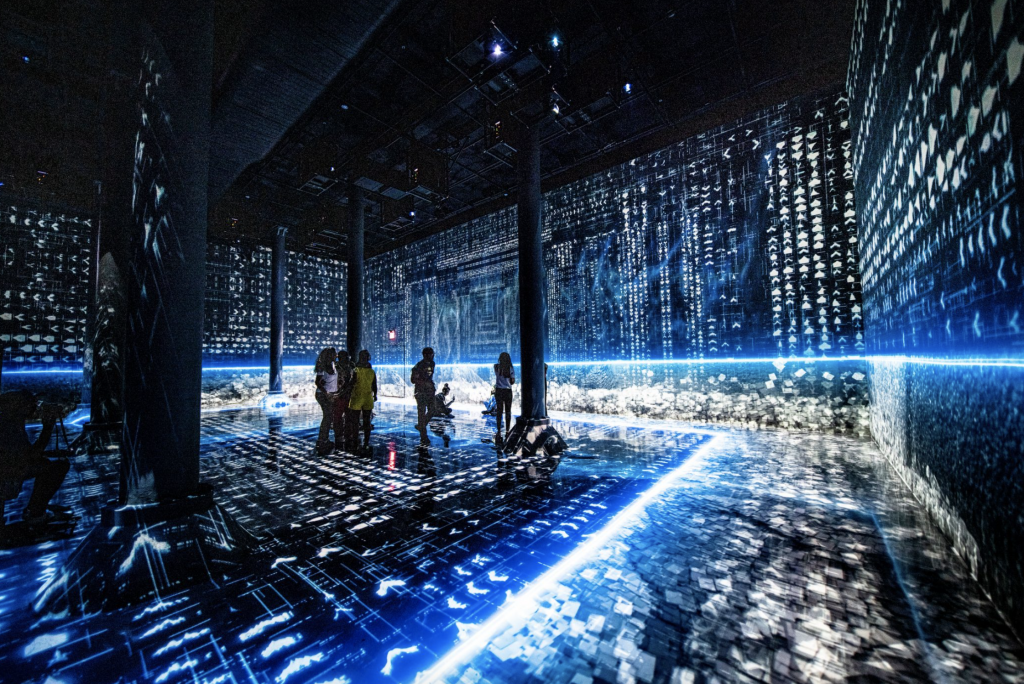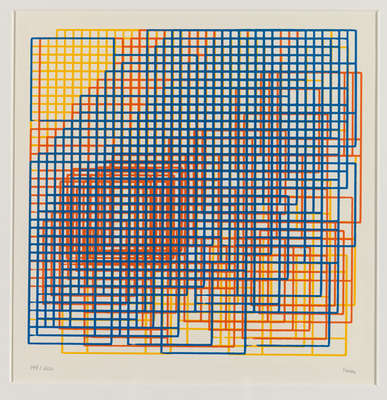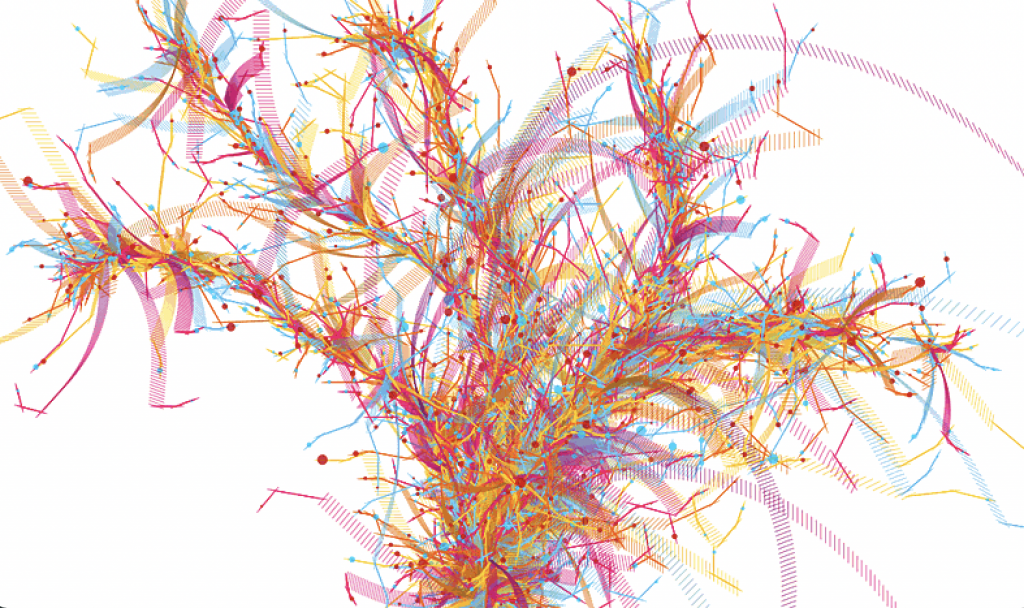The project I have chosen for this blog is Dr. Woohoo’s “Ribbons” painting application/work. This work combines abstract art with a semi-autonomous brush that attempts to follow the artist’s gestures. While following the painter’s movements, the application produces ‘brushstrokes’ that sample the colors from an image source. The results of this algorithm are unique and colorful tubular shapes that create intense depth and movement on the canvas. I admire this project because of the incorporation of previous works in the production of new ones. The original idea for the project was to figure out a way to “combine previous vivid abstract images [Dr. Woohoo] generated” as the color source for new generative art. The use of previous works adds a special element to any new piece that is produced, like a family line of art. This aspect is not apparent to the audience without explanation, but the color palettes of each piece are certainly notable. Some of the paintings produced with this application are extremely vivid, others more muted, but all of the schemes work beautifully together. Additionally, the patterns on many of the tubular painted objects illicit images of snakes, which is really interesting given the unnatural method of production. This result is a great example of how nature inspires and influences programming.
website: DrWoohoo.com
![[OLD SEMESTER] 15-104 • Introduction to Computing for Creative Practice](https://courses.ideate.cmu.edu/15-104/f2021/wp-content/uploads/2023/09/stop-banner.png)


